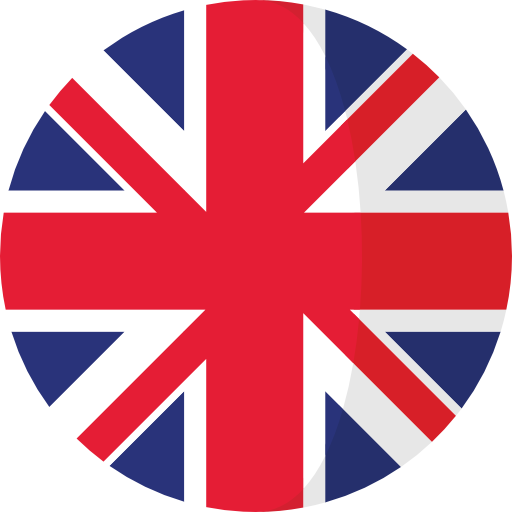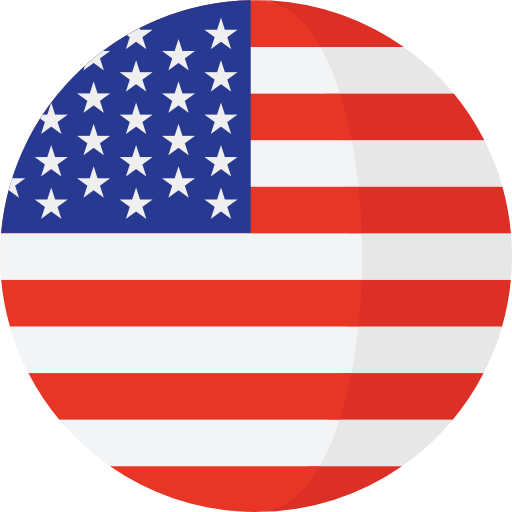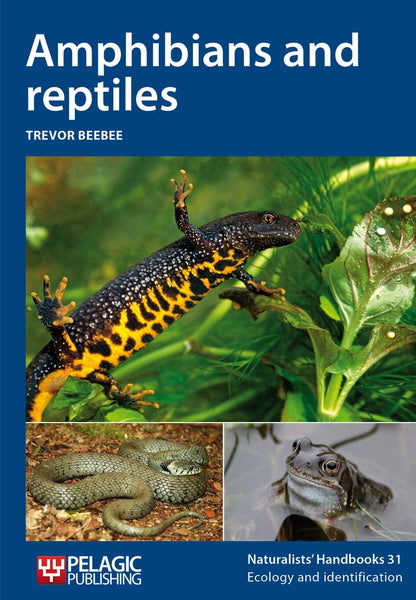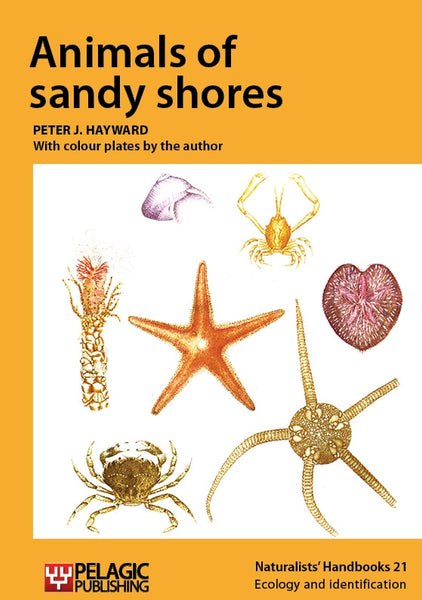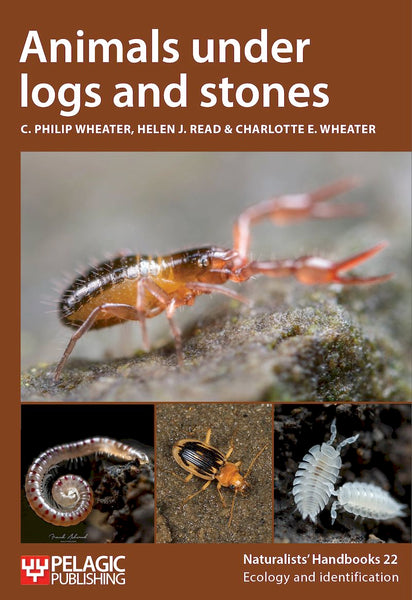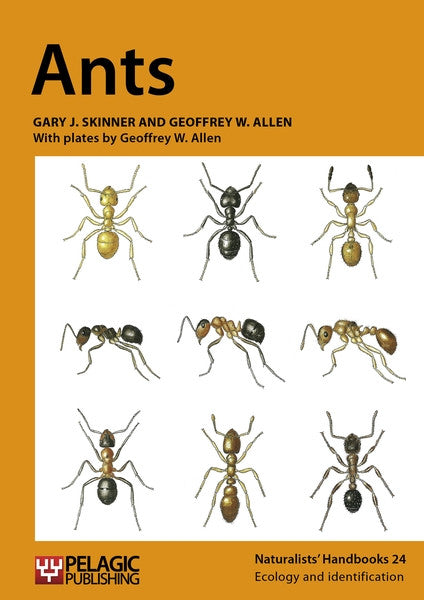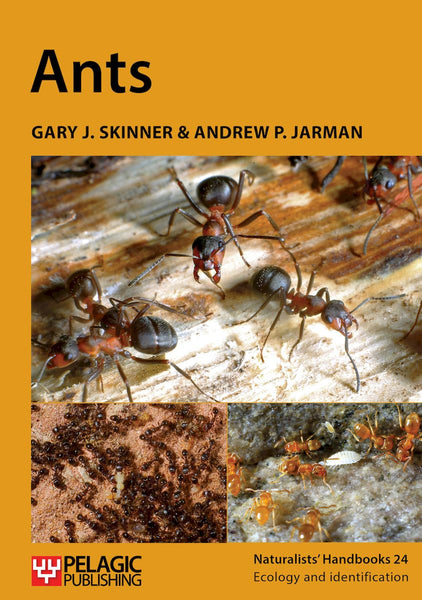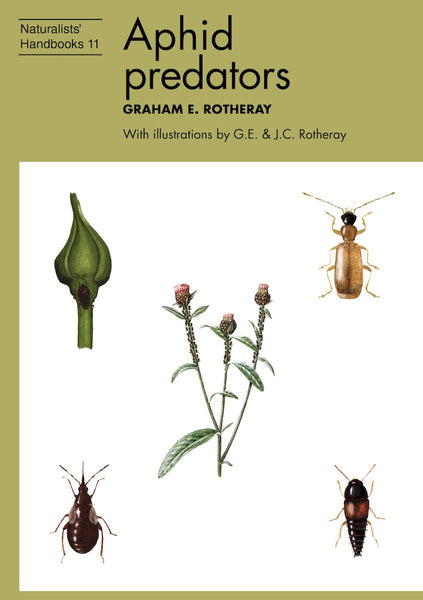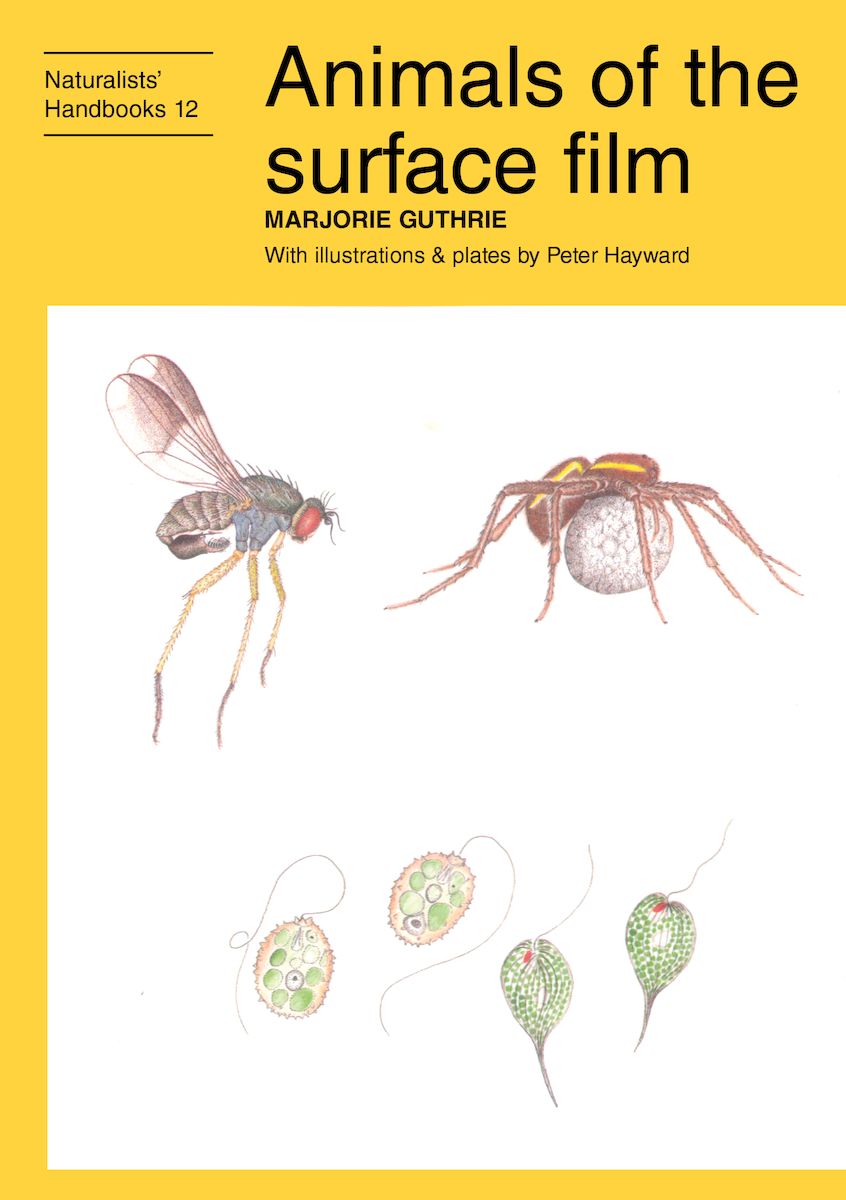
Animals of the surface film
- ecology
- fieldwork
- freshwater
- insects
- protozoa
Description
A calm water surface on any freshwater habitat can support a community of animals and plants of great interest. Some live above the water but in regular contact with it, and others hang down from the surface. This handbook deals with the smaller invertebrate animals of this surface community. Among these are springtails, pondskaters, water boatmen, water beetles and water spiders, as well as protozoa, rotifers and tiny crustaceans.
After giving a brief introduction to the surface forces that are so important to these animals, the book describes the natural history of the main groups of animals in this community, drawing attention to topics on which further investigation is needed. Consideration is given to the problem of pollution by oil and by detergent. Keys are given for the identification of surface-dwelling animals, either to the major group or, where possible, to the species. Methods of keeping and studying the animals are described.
9781784275150/9781784275112 are digital reprints of 9780855462727/9780855462710 (1989).
Readership
Sixth-form, undergraduate, postgraduate, field centre, ecological consultant, wildlife trust, conservation volunteerTable of Contents
Introduction
The nature of surface forces
How animals exploit surface forces
The surface community
Pollution
Identification: I Animals found at the water surface; II Insects; IIA Springtails; IIB Water bugs; IIC Adult water beetles; IID Families of adult flies of neustonic habits; IIE Fly larvae; IIF Fly pupae; III Microscopic Crustacea; IV Spiders and mites; V Protozoa.
Guide to some rotifers
Techniques and approaches to original work.
Some useful addresses; References and further reading.
About the Author
Marjorie Guthrie was brought up in Liverpool and went to Newnham College, Cambridge, graduating in 1948. She returned to Liverpool for her PhD, for which she recorded the protozoans of salt marshes. Appointed as a lecturer in the zoology department at Leicester University, Marjorie balanced a heavy teaching load on subjects from physiology to palaeontology with continuing her ecological research at the Ferry House laboratory of the Freshwater Biological Association on Lake Windermere. She retired to the Lake District, where she wrote Animals of the Surface Film (1989). She and her husband Simon would set off with waders and collecting pots to sample remote ponds in search of water boatmen or the endangered medicinal leech. Her conservation work as a volunteer for the Cumbria Wildlife Trust was recognised in 2013 with the award of a Badger's Paw. She died in that year.
Peter Hayward began his career as a scientific assistant at the Natural History Museum, where he was introduced to his lifelong specialism, marine bryzoa or sea-mats. He read zoology with geology at Reading University, thence to University of Wales, Swansea as research student, gaining PhD in population biology and taxonomy of sea-mats. He is now a senior lecturer at the university, and authority on bryzoa worldwide from Antarctic to coral reefs. Author with Professor John Ryland of four volumes on marine bryzoa in Linnaean Society Synopses series. Co-ordinator of the popular Collins Pocket Guide to the Seashore, co-editor and contributor to the Handbook of the Marine Fauna of north-west Europe (1995), as well as the Naturalists' Handbooks on seaweed and sandy shore habitats. Zoological editor of Journal of Natural History.
Bibliographic Information
 87 pages
87 pages - B/w illustrations
- 4 colour plates
- BISAC SCI070020, SCI020000
- BIC PSPF, WNCS2, PSVS, WNCN

